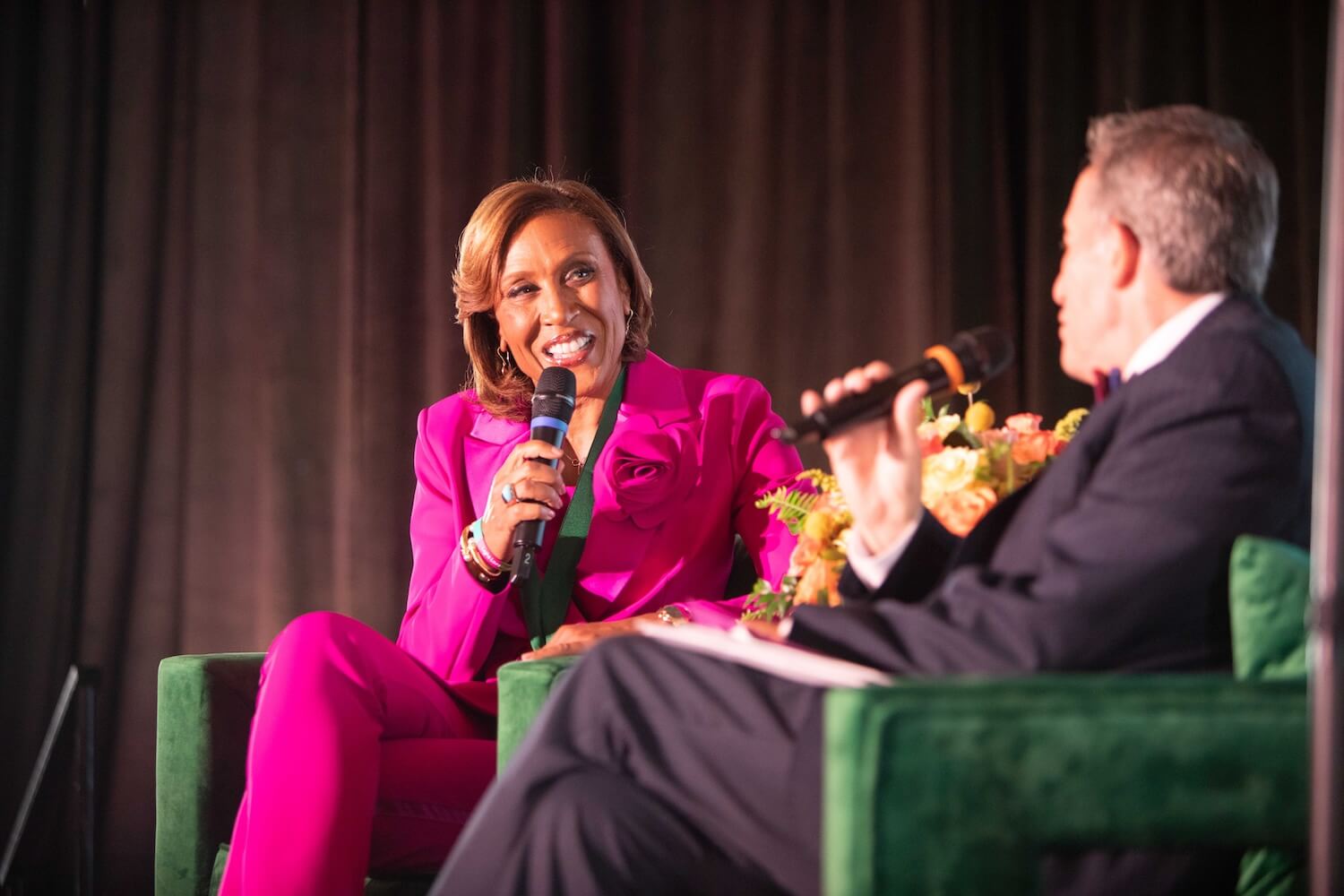Miriam Morgan is food editor at the San Francisco Chronicle, which won the 2011 James Beard award for Best Food Coverage in a General Interest Publication. Morgan also won the 2007, 2006 and 2004 James Beard awards for Best Food Section among largest circulation newspapers.
In her own words, Morgan talks about food writing’s past and future.
On the evolution of food writing:
I’ve been here a long time, first as a writer and then as an editor since 1996. Obviously, we try and keep up with changing technology. Both our wine editor and our restaurant critic have blogs, and they are both highly read, so one thing that’s changed is the additional work.
Stories from the Food & Wine section and from the rest of The Chronicle appear on SFGate.com. Then last year we started a separate website, InsideScoopSF, which has original content and is all about restaurants. One of our food staffers is in charge of it and posts several times a day.
As much as possible, a lot of the ethical and some would say political issues in food often are on page 1.
It’s more than just what choices there are to eat and what ingredients to buy; there are food justice and social justice issues and that’s an exciting movement in the food world.
I’ve always thought personally that reporting on food was no different than anything else. You always need good reporting skills and always encouraged reporters to help them develop their skills.
Reporting about food is no different than anything else; it requires knowledge of the beat. But obviously for some stories, the whole staff comes in and works together.
On writing about food in an online world:
Michael Bauer (the restaurant critic) might be writing his blog about eating out and comments bring up service issues or questioning this or that.
It becomes the topic for another blog and for story ideas too. It’s a head’s up that we need to pay attention to this issue and it might be worth investigating as a real story.
On the audience shift:
The main focus is to have a local angle and not write a lot of travelogue stories.
A lot of younger people and beginners are starting to cook and pay attention to their food choices. So we run more features and columns for novices, whether young and old, as well as quick cooking ideas for busy families.
We still cover the restaurant scene pretty thoroughly because what they are doing there affects everyone else.
Here’s what other food writers have to say:
- Ruth Reichl, former editor of “Gourmet” magazine
“Everybody has always thought they could be a food critic” - Dara Moskowitz Grumdahl, editor-in-chief of “Real Food” and winner of five James Beard awards
“Being a restaurant critic in Minnesota is relentlessly local” - Holly Hughes, editor of “Best Food Writing”
“I love the alternative weeklies; they still devote space to longform writing” - Jonathan Gold, food critic for LA Weekly, Pulitzer Prize winner
Food section “almost like a newspaper within a newspaper” - Craig LaBan, food critic for The Philadelphia Inquirer, James Beard award winner
“You can’t underestimate how the change in technology has changed food writing”
Food prices are one of many food-related topics in the news these days. Participate in a NewsU webinar on Thursday at 2 p.m. ET to learn how you can go beyond regurgitating numbers by explaining what they mean and how they affect local wallets.





